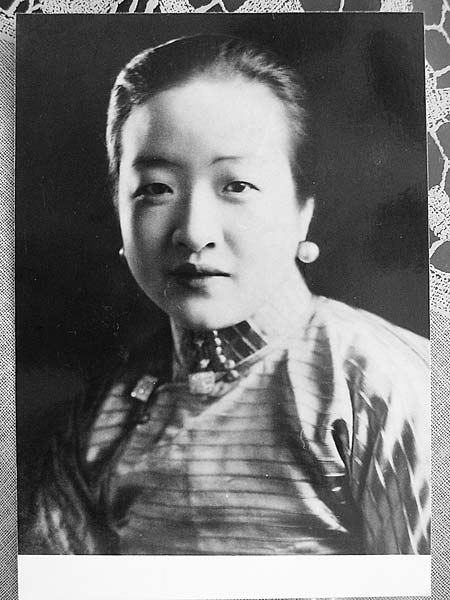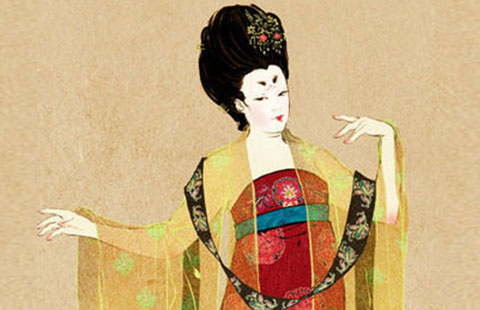'Shanghai girls' were city's first socialites
By Li Xueqing ( Shanghai Star ) Updated: 2015-01-22 06:41:42
 |
|
Sheng Aiyi sued her brothers and nephews for an equal share of the family inheritance. Photo provided by Song Luxia to Shanghai Star |
Trendsetters
Trends from the West traveled fast to Shanghai, including fashion. Bian Xiangyang, a professor at the Fashion Institute & College of Art Design of Donghua University, says it took only one or two months for the latest fashions in Paris to land in Shanghai.
"In 1932, waist-controlled floor length dresses were prevalent in Europe. The next year, ladies in Shanghai were wearing long qipao," said Professor Bian. "And qipao itself was the result of Western influences. It was worn like a dress, not a robe as it should have been. No one would actually wear a robe without trousers, right?"
The ladies carefully followed the trends with creativity. Their style was varied yet stuck to three core values: elegance, sophistication and modernity. "They were particularly elegant, their looks were exquisite, yet they looked natural. They were fashionable and a little bit ahead of others in Shanghai," Bian says, "Just a little bit ahead, or they would look weird."
One of the most gifted fashion gurus was Tang Ying, the daughter of the renowned doctor Tang Nai'an. When she saw any new design in the department store, she would memorize it, make alterations and take it to her private tailor. This made her always fashionable and distinctive in style.
Tang's passion was not limited to fashion. The McTyeire graduate was a theater lover, too. "Tang was widely regarded among fashionable women as the number one socialite of the time," says writer Song Luxia, an expert in Chinese family genealogy and the author of Ladies of Shanghai (上海滩的名门闺秀). "Tang was popular with the foreigners as well as the Chinese. She even performed Peking Opera Wang Baochuan in English."
Tang changed her outfit three times a day, even when she stayed at home: a short-sleeved cardigan in the morning, qipao at noon and a Western-style long dress in the evening if she had any visitors. She frequently appeared in magazines of that time, such as Liangyou(良友) and Linglong (玲珑), the latter encouraged women to dress up and participate more in social activities like Tang did.
Is it still possible for today's socialites to exert the same influence on society as Tang Ying did? Professor Bian does not think so. In our highly fragmented modern society it is unlikely a community's style can be changed by a small group of people.
"The gentlewomen today may catch the attention of young college graduates, but it is unlikely for them to be followed or envied by high school students or women in their thirties. Each group has its own fashion code. For ordinary people, it's difficult to copy the ladies' style too. You don't have appropriate occasions to wear what they wear, and you don't have the means to enter their circle," says Bian.
|
|
|
|
|
|
|
|






















 Raymond Zhou:
Raymond Zhou: Pauline D Loh:
Pauline D Loh: Hot Pot
Hot Pot Eco China
Eco China China Dream
China Dream China Face
China Face





